The Forgotten Torii Gate in the Concrete Underground – Amagamine Ochobo Inari
忘れ鳥居 祈りの紙を 水が舐める
Forgotten torii –
a prayer slip
licked by water.
- contemporary haiku, unknown author
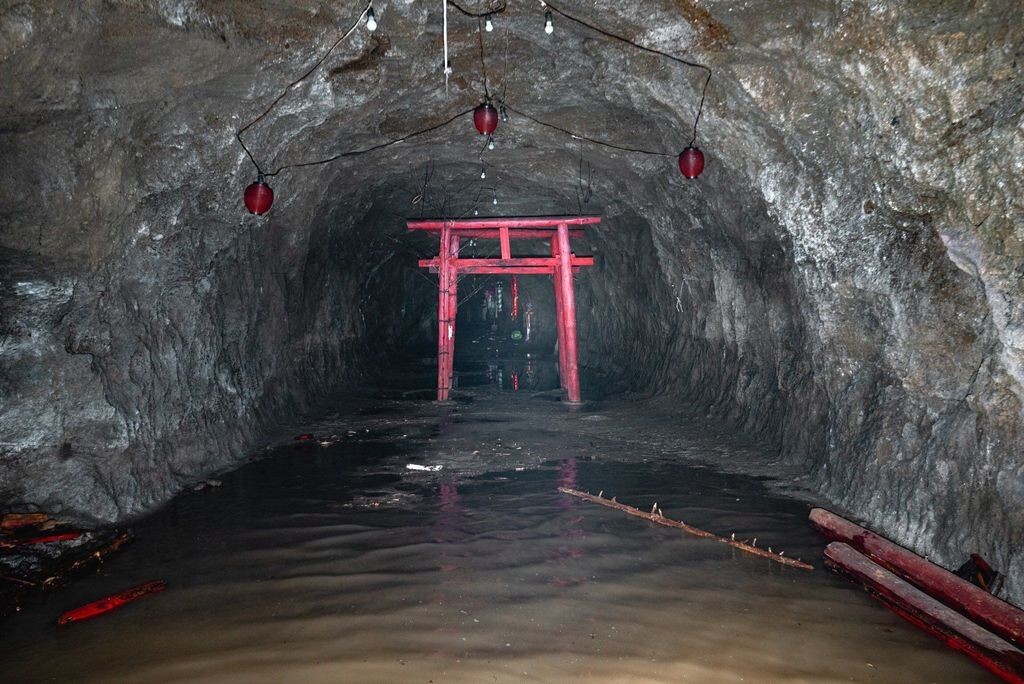
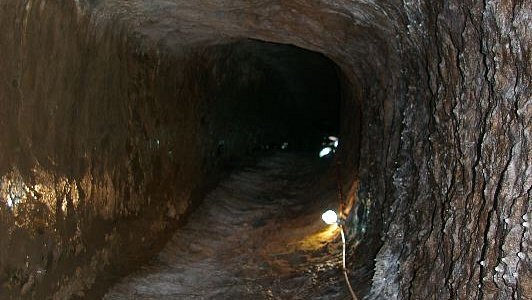
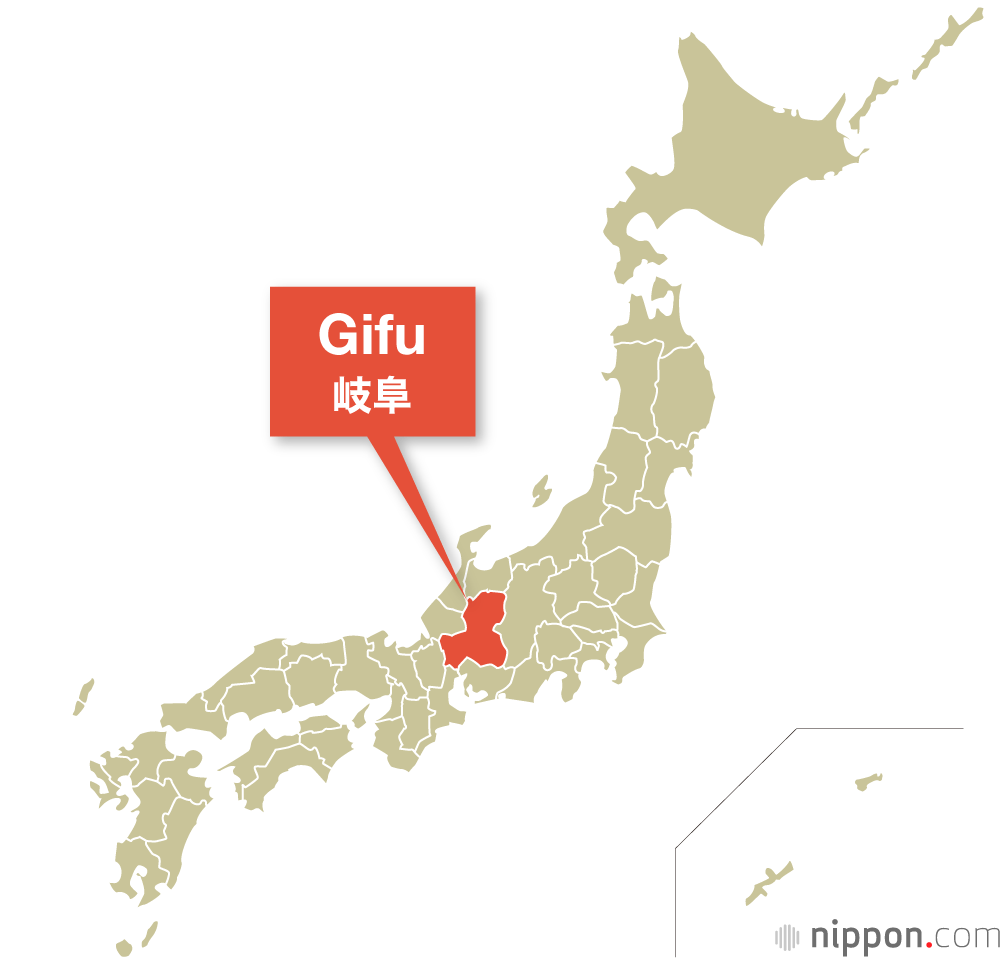
Oblivion
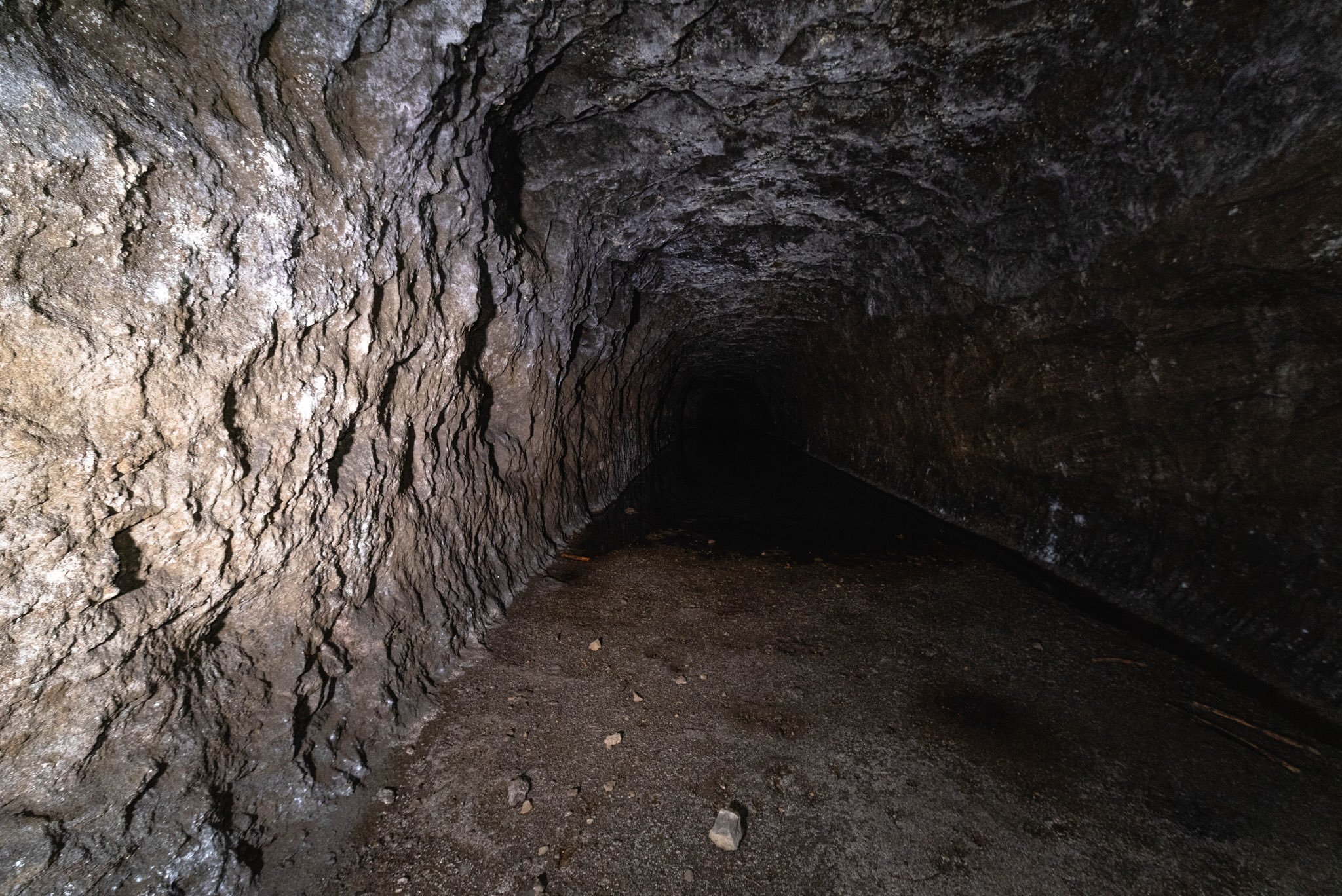
The torii is wooden, once painted a vivid red, now faded almost to a muddy brown. The paint is peeling off in sheets, revealing rough wood with warped edges. The top beam leans slightly—as if the torii struggles to remain upright, though it still acts as a portal to another world. In front of it, the ground is uneven, covered with gravel and rubble, partially overgrown with weeds. There are no signs of maintenance or informational plaques. The place lives in darkness—both literally and symbolically.
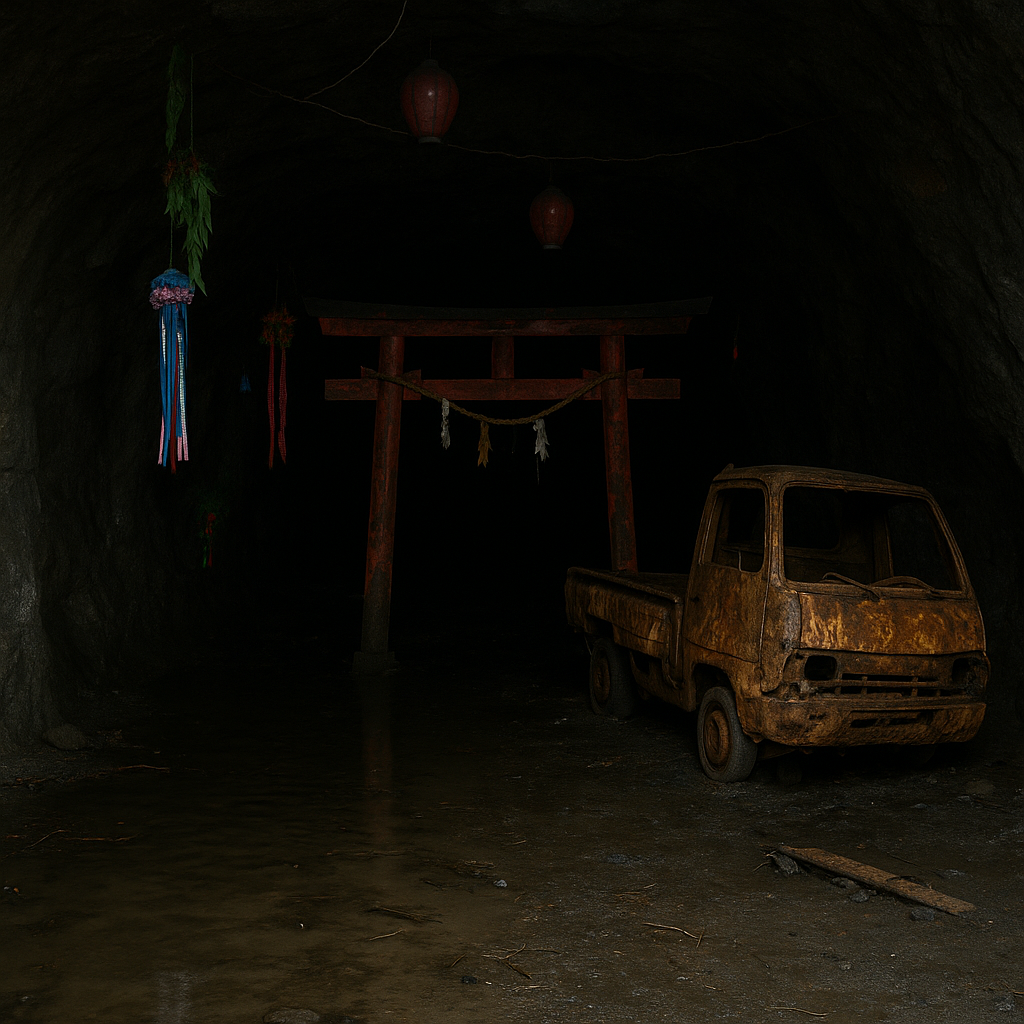
Curiously, even after all these years, deeper in the tunnel, fragments of decorations from past festivals are still visible—remnants of lanterns, hanging and frayed strings, prayer slips now illegible. On one of the walls, someone has attached a plastic fox—a symbol of Inari—its eyes faded, but its figure still gazing vigilantly from the shadows. Further in, at the end of the tunnel, in a large, damp chamber, a truck stands abandoned—rusted, its windows shattered, covered in cobwebs. It may once have transported equipment or decorations; now it looks like a relic of catastrophe. Or apocalypse.
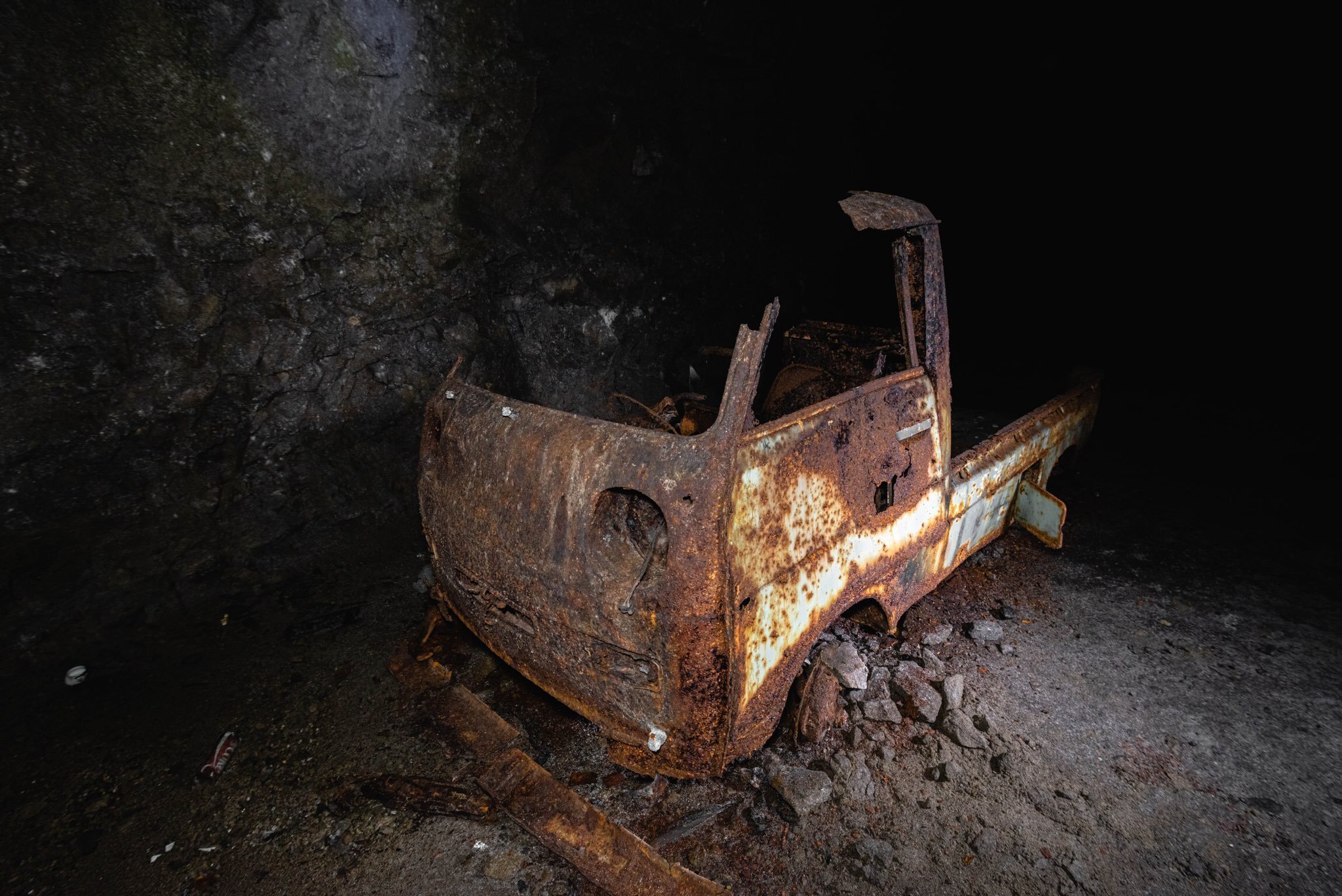
What is this place? How did this ruin come to be? Why is there a torii gate in a tunnel inside a mountain?
The Festival That Fell Silent – The Final Years of the Amagamine Ochobo Inari Tunnel
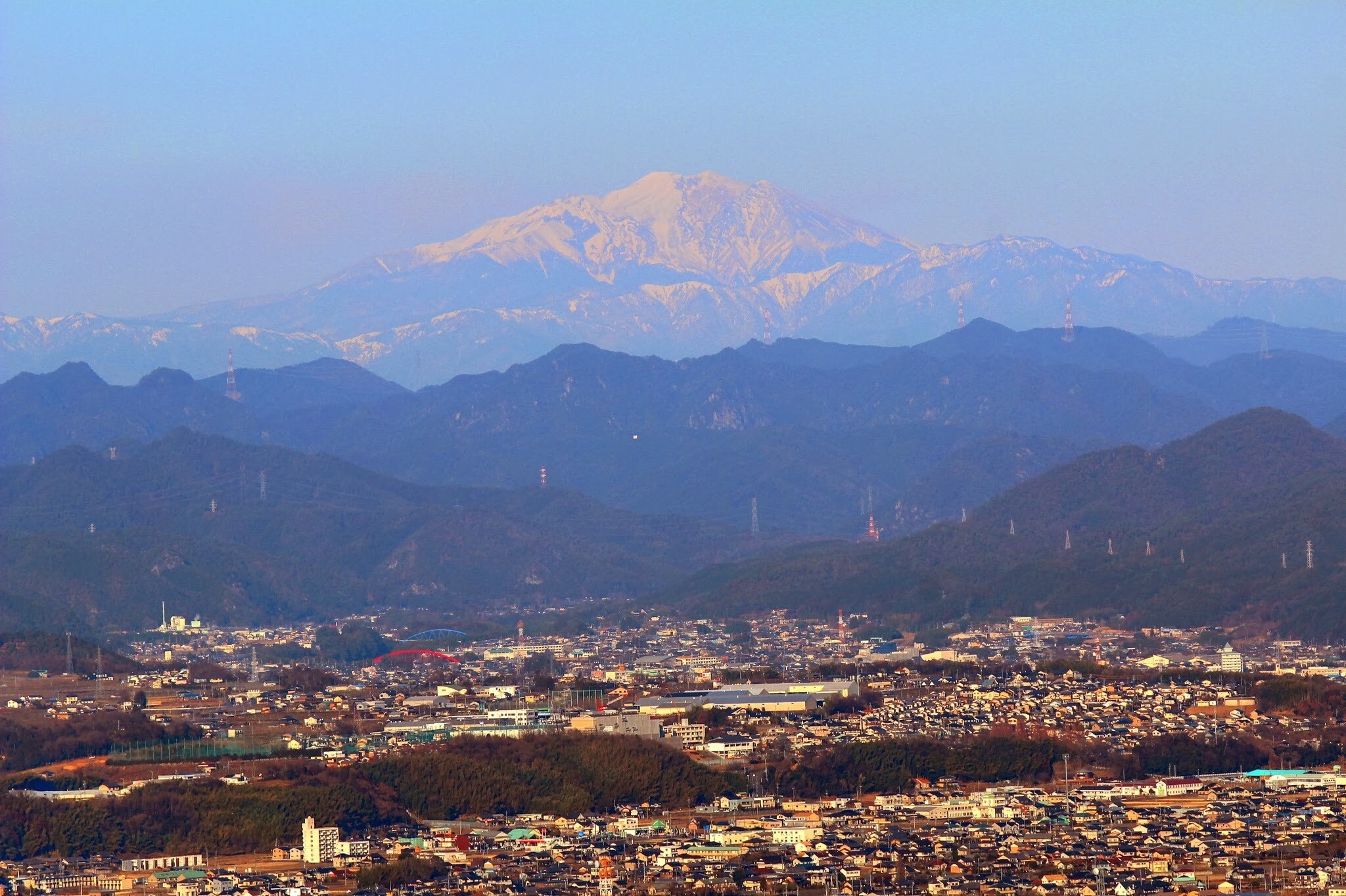
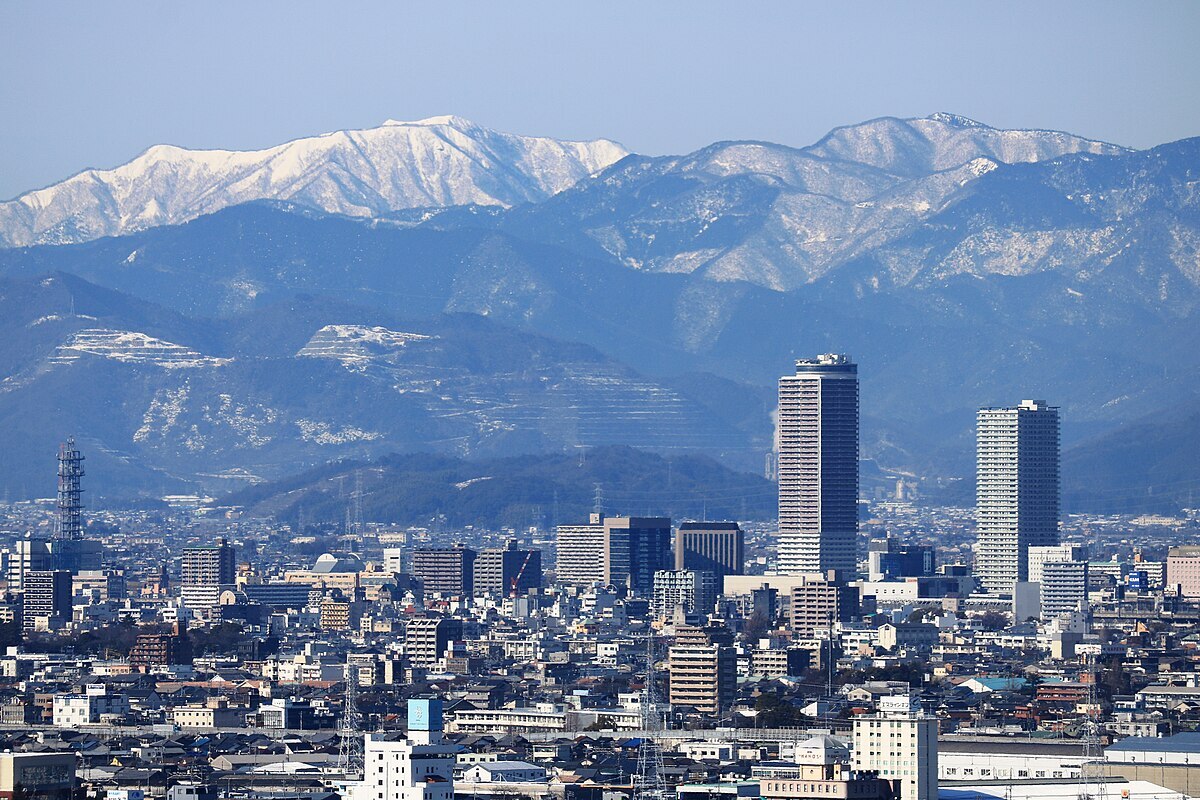
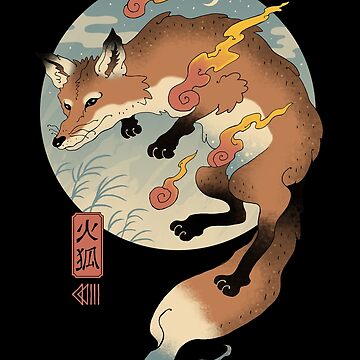
Children dressed up as little foxes, wearing red and white kitsune masks. Elderly residents brought offerings—rice, sake, dried fish—and arranged them on a makeshift altar in the chamber that held a small stone statue of Inari. A part of the ritual was also a symbolic procession—a silent walk through the entire tunnel by candlelight, intended to purify the soul and bring good fortune for the months ahead.
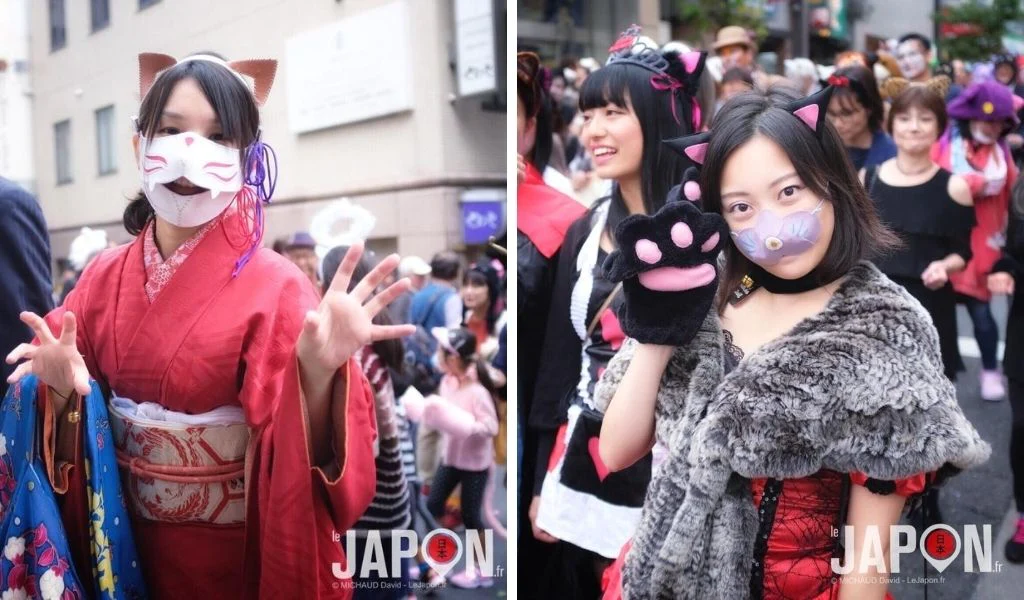
After several years of use without proper maintenance, the tunnel began to leak. Underground springs, intensified by heavy rains in the Kani area, started to seep through microcracks in the concrete. Despite attempts at makeshift drainage, the increasing dampness could not be stopped. First, the main chamber was flooded, then water began to accumulate along the entire length of the tunnel. Lanterns could no longer be lit—fire would not burn in such air. Eventually, the organizers ceased further editions, hoping it would be temporary. However, no one stepped in to begin restoration work—funding was lacking, and the younger generation was no longer interested in old rites.
The shrine was abandoned. The torii remained on guard—alone. The lanterns fell apart, fox masks gathered dust, and the truck—once used to transport decorations and equipment—was left stuck in the end chamber, rusting aimlessly. The altar became overgrown with mold, and the statue of Inari is still there—only now engulfed in darkness and silence. There was no earthquake, no fire, no distinct moment of catastrophe. There was only a slow, almost imperceptible fading.
But… we know how the festival ended. How, then, did the altar, the torii gate, and the fox figurine come to be?
The Birth of an Underground Sacred Space – Postwar Adaptation of the Tunnel
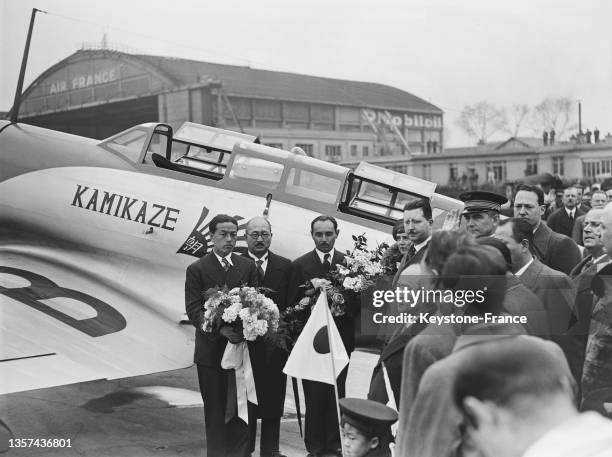
In the early 1950s, as Japan began to rebuild not only its cities and industry but also its spiritual identity, the local community started to repurpose the abandoned tunnel for religious purposes. It was a time of renewed Shintō practice, which, following the dissolution of the State Shintō system (kokka shintō) in the postwar period, began to be cultivated locally, more organically and communally. In this context, the idea arose to create a shrine inside the former tunnel—not so much from doctrinal motives, but from the spiritual impulse to reclaim a space that had once belonged to the military, and now—to the people.
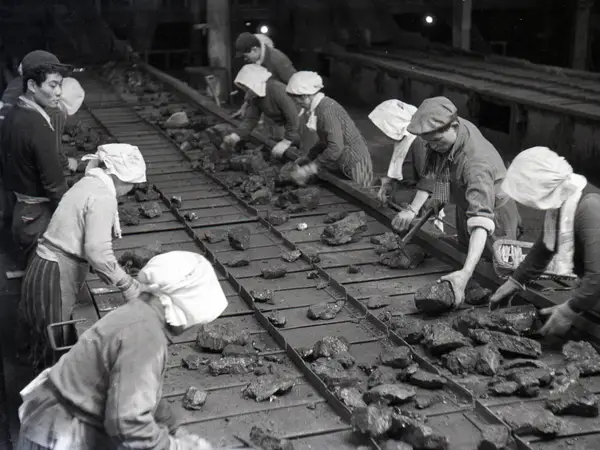
The tunnel walls were cleaned by hand, without heavy equipment—mostly with the bare hands of local volunteers. In the rear chamber, a stone altar (hokora, 祠) was placed, likely brought from one of the neighboring shrines, possibly from a nearby Inari-jinja in Tajimi or Minokamo. There, a symbolic figurine of kitsune, the messenger of Inari—a white fox with a red ribbon around its neck—was placed.
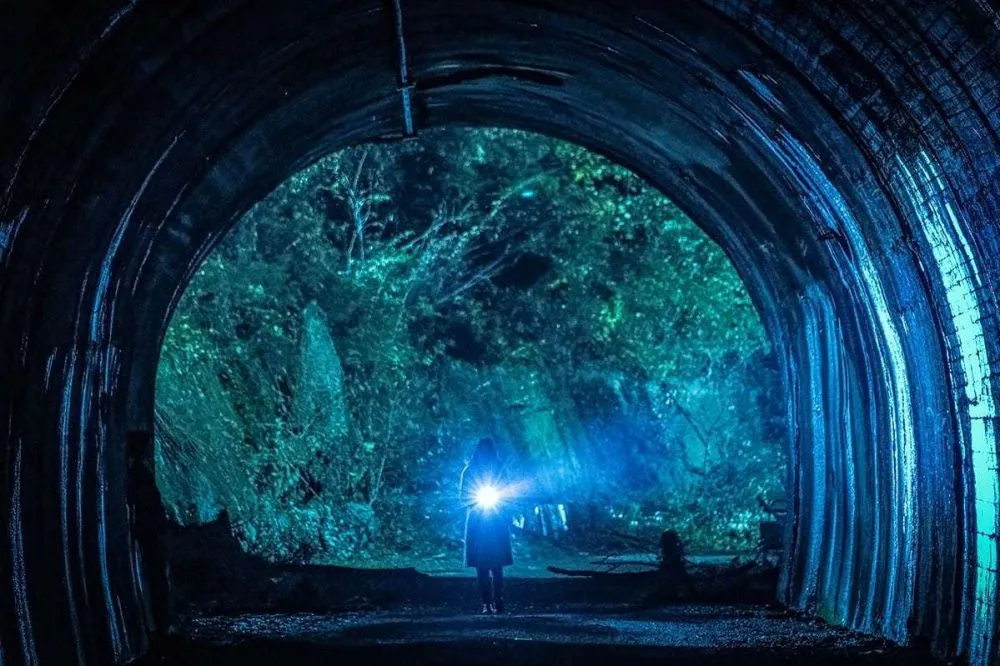
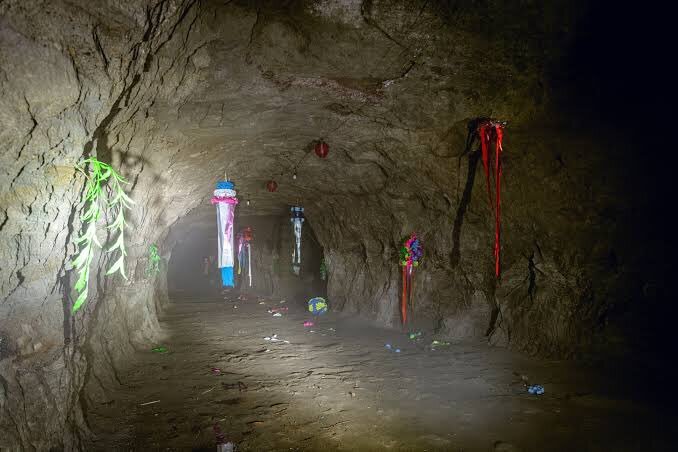
The tunnel found a new life, a wholly different identity. And though it was raw, cold, and dark, it became a place where one could commune with the divine. A place that, over time, would gain its own rhythm, its own holidays, and ultimately—its own legend.
But… what was here before the Inari altar? Where did this tunnel come from?
Tunnel of War – The Silenced Past of Mount Amagamine
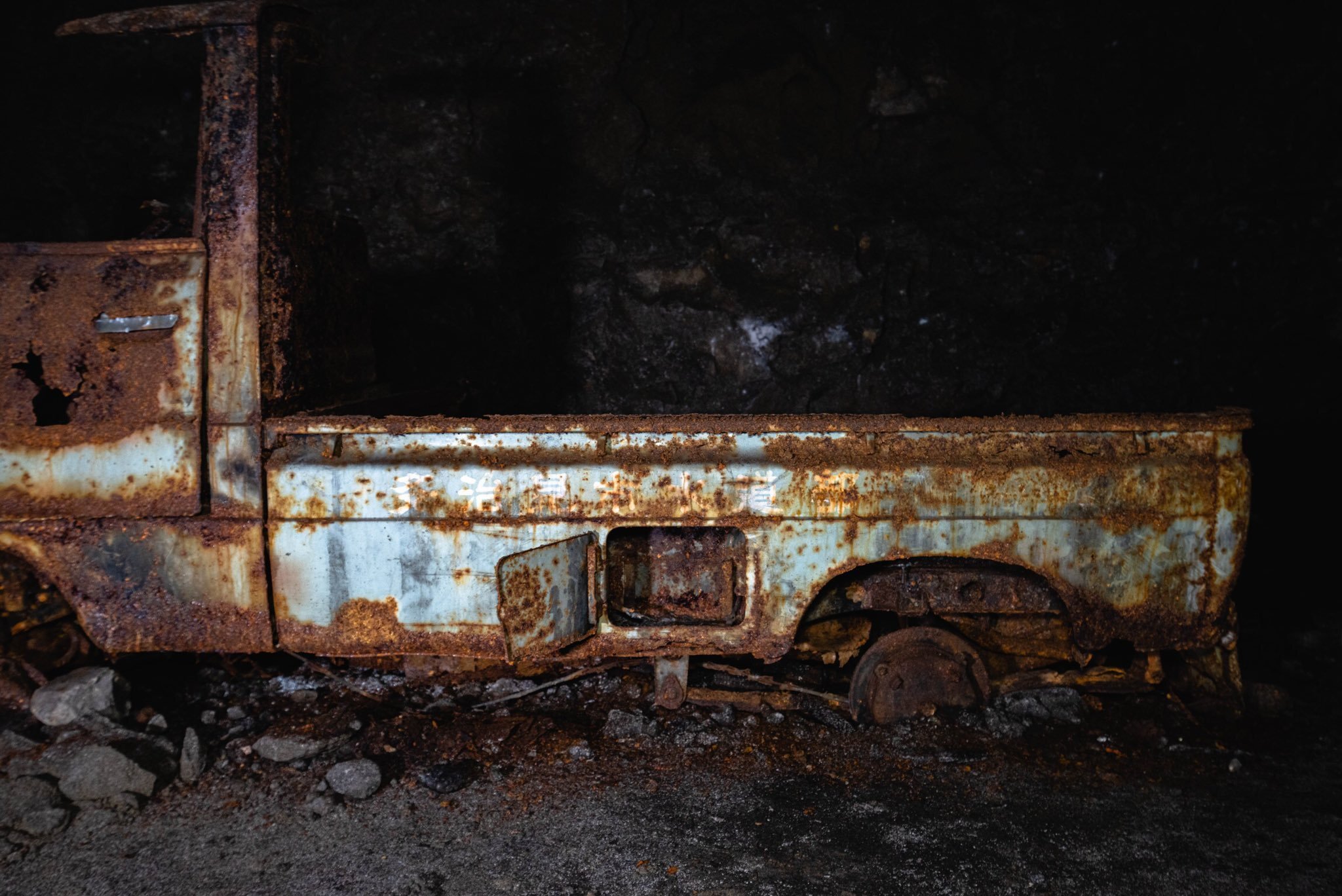
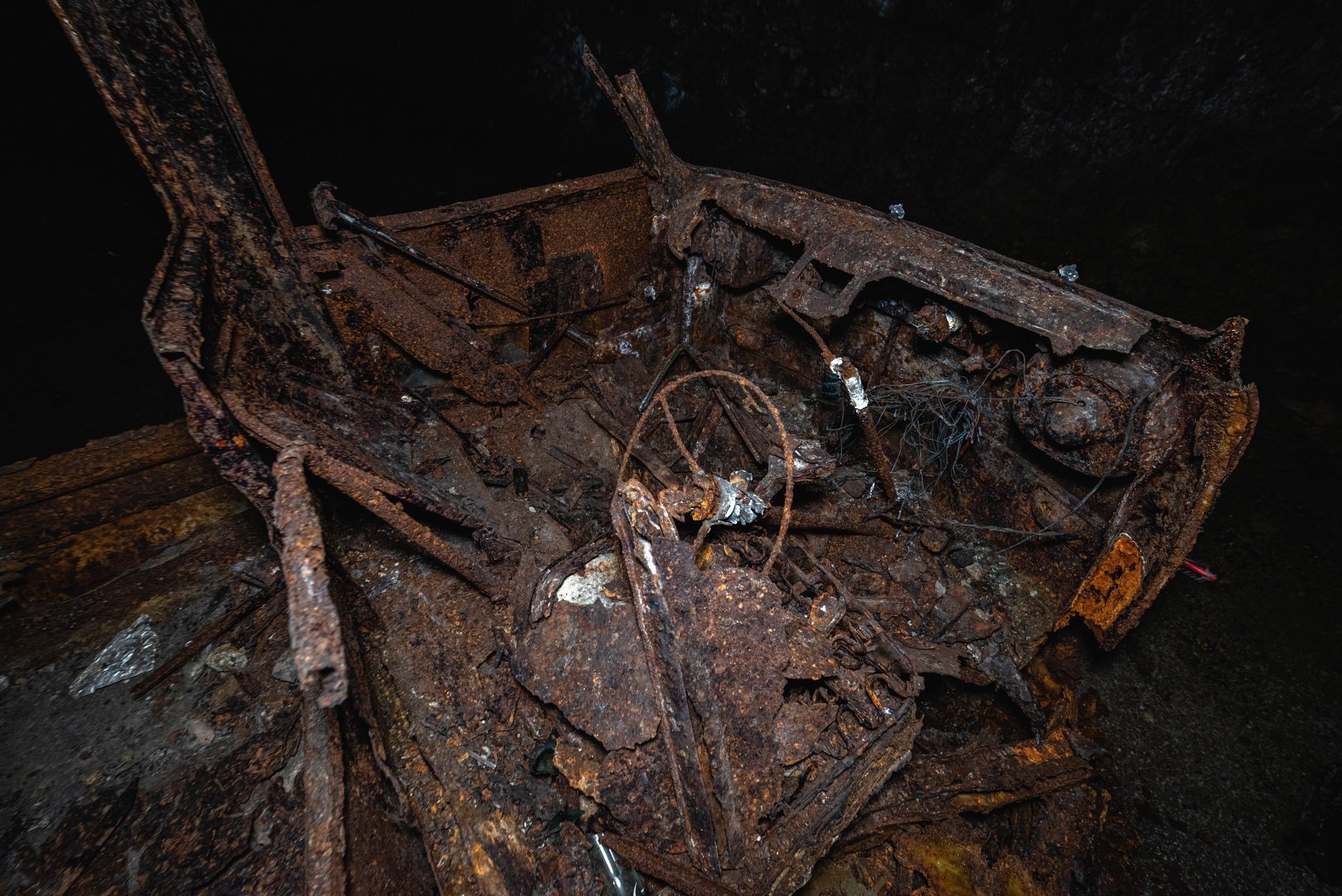
What was the tunnel used for? Here begin the speculations.
Officially, it is described as an underground warehouse for aircraft parts destined for nearby industrial plants associated with the Kawasaki company and the Minokamo arsenal, which at the time was producing arms for the navy. Other accounts—passed more by whisper than in writing—suggest that it may have functioned as a temporary assembly center for kamikaze fighter components, such as the Mitsubishi Ki-15, or as a storage site for explosives. Still others speak of a secret laboratory, where experiments on new materials or radioactive components were allegedly conducted, though there is no proof.
 What do we know for certain?
What do we know for certain?
Several dozen forced laborers worked here, including Koreans, whose names were not recorded in registers—only assignment numbers. The conditions were brutal—moisture, darkness, no ventilation. Work was conducted day and night, for the war’s end left no room for caution. Many of the laborers never returned home—it is unknown how many died during the collapse of one of the side chambers, or where their bodies were buried. There are no graves, no plaques. Only a silent tunnel remains.
After the war, the installation was abandoned. The military withdrew, equipment was dismantled, side passages partially filled in or sealed with concrete slabs. But those who had known this place before knew that Mount Amagamine was never truly “clean.” That something had happened beneath its surface. That this place was not simply “abandoned,” but intentionally left behind, sealed like a wound best left untouched.
And so it is all the more striking that someone decided to erect a torii here.
A torii is, after all, a gate—but not every gate leads to light. Sometimes it leads into shadow. And perhaps that is why Inari—the deity of transformations, as ambiguous as a fox, who laughs at human attempts to impose order on the world—found a dwelling place in a space where the boundary between war and peace, the human and the divine, demands at the very least a complete redefinition.
>> SEE ALSO SIMILAR ARTICLES:
Torii – The Japanese Gate of Transformation
10 Urban Myths of Tokyo – Discovering 21st Century Japanese Folklore
Inunaki Tunnel: Brutal Murder, the Howling Dog, Buried Workers, and Horrific Experiments...
Sugisawa – A Nighttime Massacre Erased a Village from Japan’s Map
Akira Yamaoka: Composer of Darkness in Silent Hill
"Strong Japanese Women"
see book by the author
of the page
未開 ソビエライ
An enthusiast of Asian culture with a deep appreciation for the diverse philosophies of the world. By education, a psychologist and philologist specializing in Korean studies. At heart, a programmer (primarily for Android) and a passionate technology enthusiast, as well as a practitioner of Zen and mono no aware. In moments of tranquility, adheres to a disciplined lifestyle, firmly believing that perseverance, continuous personal growth, and dedication to one's passions are the wisest paths in life. Author of the book "Strong Women of Japan" (>>see more)
Personal motto:
"The most powerful force in the universe is compound interest." - Albert Einstein (probably)
Mike Soray
(aka Michał Sobieraj)
未開 ソビエライ
An enthusiast of Asian culture with a deep appreciation for the diverse philosophies of the world. By education, a psychologist and philologist specializing in Korean studies. At heart, a programmer (primarily for Android) and a passionate technology enthusiast, as well as a practitioner of Zen and mono no aware. In moments of tranquility, adheres to a disciplined lifestyle, firmly believing that perseverance, continuous personal growth, and dedication to one's passions are the wisest paths in life. Author of the book "Strong Women of Japan" (>>see more)
Personal motto:
"The most powerful force in the universe is compound interest." - Albert Einstein (probably)
Mike Soray
(aka Michał Sobieraj)
Write us...
Ciechanów, Polska
dr.imyon@gmail.com
___________________
inari.smart
Would you like to share your thoughts or feedback about our website or app? Leave us a message, and we’ll get back to you quickly. We value your perspective!

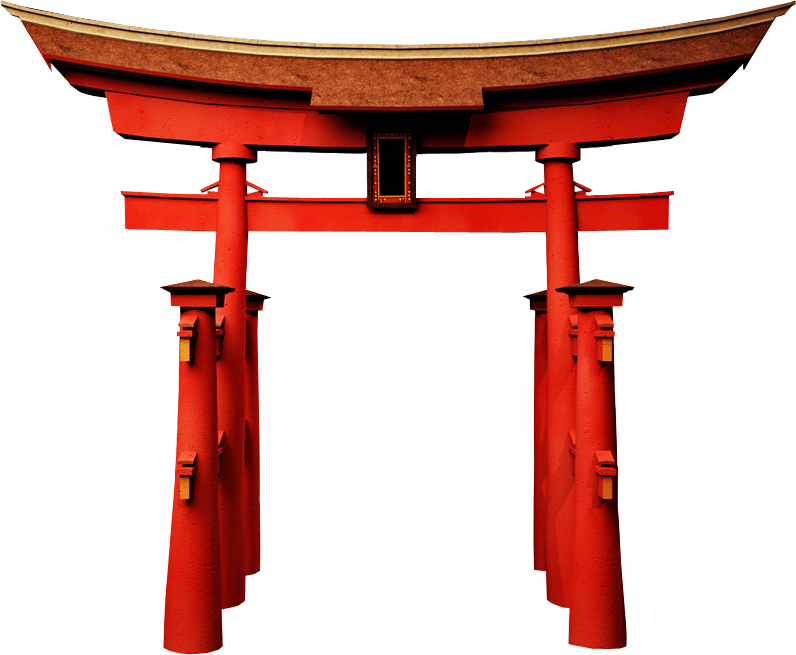
 What do we know for certain?
What do we know for certain?
